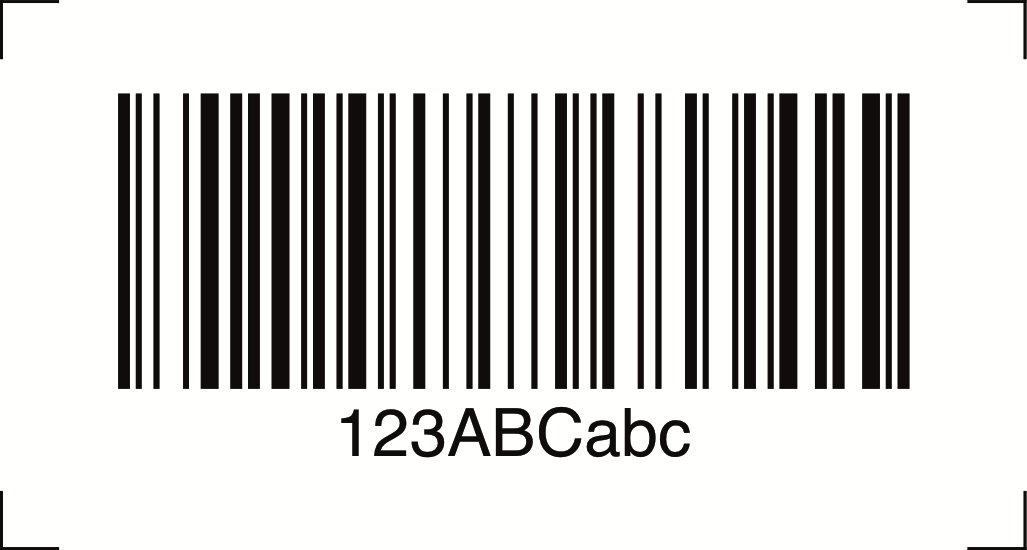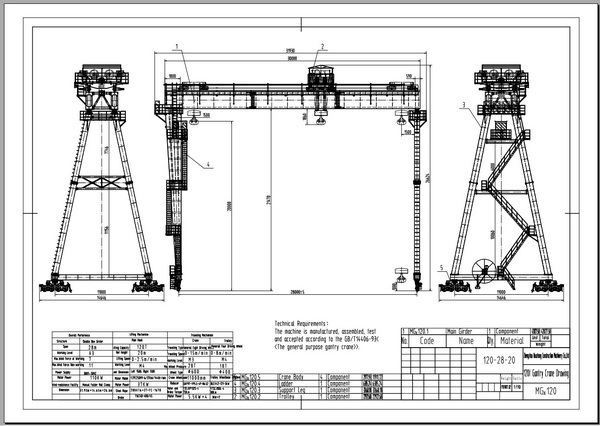

Hover over your content and click Edit.Email: In your HubSpot account, navigate to Marketing > Email.

Knowledge Base: In your HubSpot account, navigate to Service > Knowledge Base.Blog: In your HubSpot account, navigate to Marketing > Website > Blog.Landing Pages: In your HubSpot account, navigate to Marketing > Landing Pages.Website Pages: In your HubSpot account, navigate to Marketing > Website > Website Pages.Use default fontsĭefault fonts can be used in all types of content and are designed to load on most platforms and devices. the content types available for the subscriptions in your HubSpot account can be found in the Product and Services Catalogue. Please note: not all content types are available in all accounts.

Some default fonts not available in the drag and drop email editorĪvailable for custom coded email templates only not supported in most email clientsĪvailable on the Design tabof the template editorĪvailable for custom modules not used in emails Certain default fonts are available in all content editors, while Google Fonts and custom fonts have additional restrictions, outlined below: Content typeĪvailable on the Design tab of the content editorĪvailable in theme settings and via stylesheetĪvailable via stylesheet or custom module main xmltest/test2.The fonts available for content in HubSpot depend on the type of content and the type of font. =8342= Using Valgrind-3.18.1 and LibVEX rerun with -h for copyright info =8342= Copyright (C) 2002-2017, and GNU GPL'd, by Julian Seward et al. If you have other folder structure/architecture tips to organize my code, please share, because my folders are getting messy because of this common/pages unfortunate hack. Or is there a way to write my sass files right in an organized pages components without having to use module.sass or pollute my sass code with a bunch of "./././/"? Is there any way I can configure these class names, from say ".item_47dj2", to something cleaner, like ".item-from-list-component", which would take into consideration my folder path or something written on my sass file? item inside of it, which would look nice on my browser and for debugging, but now they make my compiled code ugly and messy.

More than being difficult to refactor, now I found out that this completely destroys my beautifully crafted class names. module.sass and importing each class to my components and pages. Now I'm using the folder src/common/pages/ to accomodate my page scoped components, styles and assets, but this makes it impossible to export each style to the _app component, so I started using. I previously used a styles folder because nextJS does not accept styles inside the pages folder, which is totally annoying for a beginner. I'm currently refactoring my website code. Nícolas Arths Asks: SASS / CSS modules turn my class names into ugly strings, is there a better solution for scoping my styles?


 0 kommentar(er)
0 kommentar(er)
